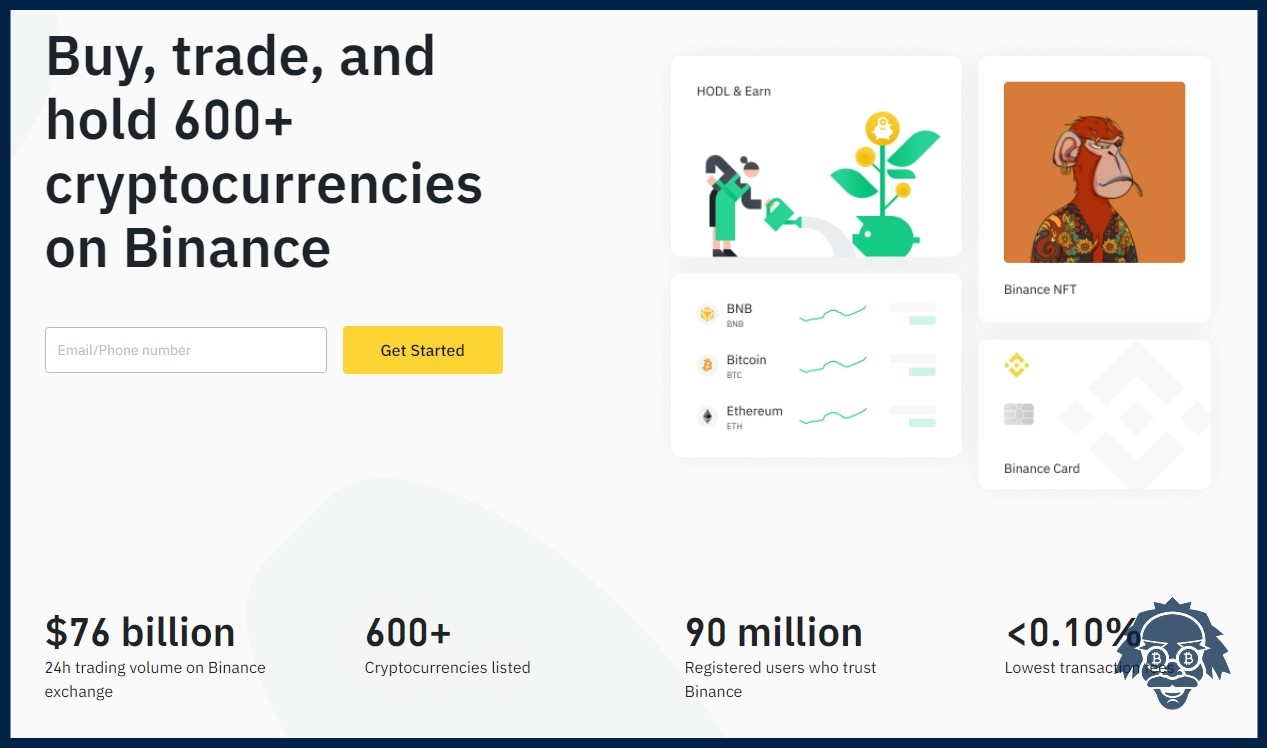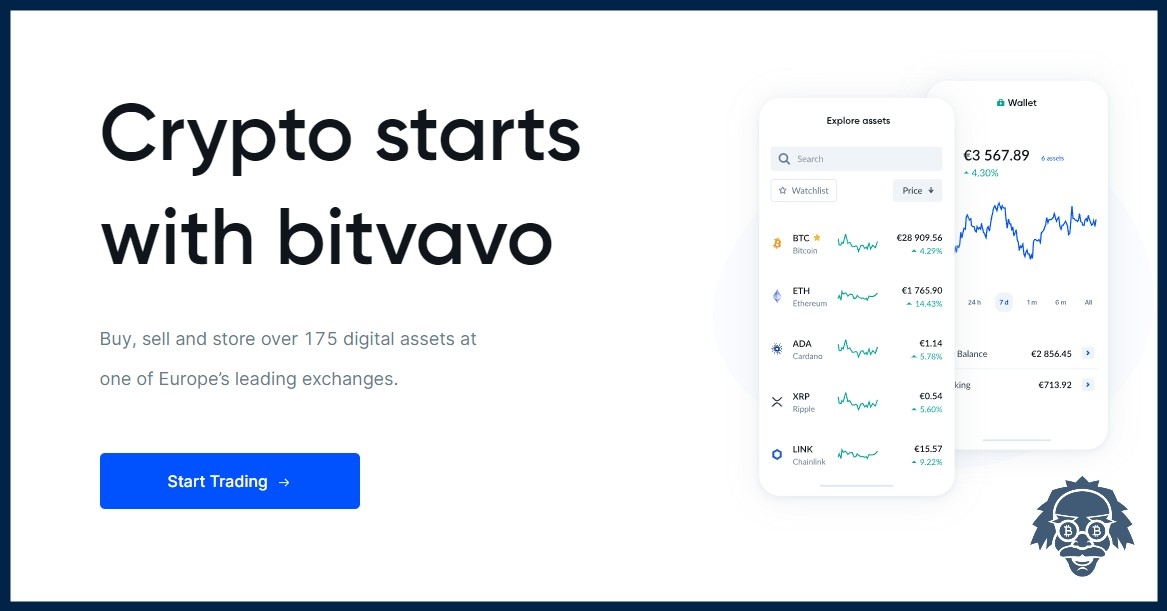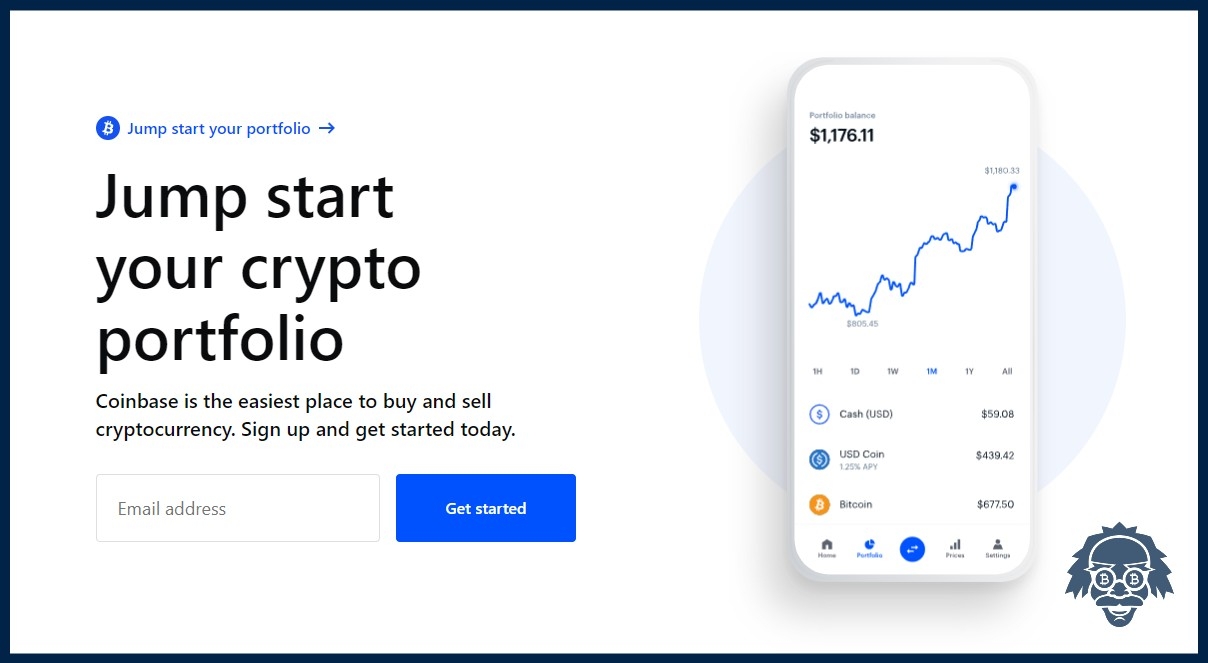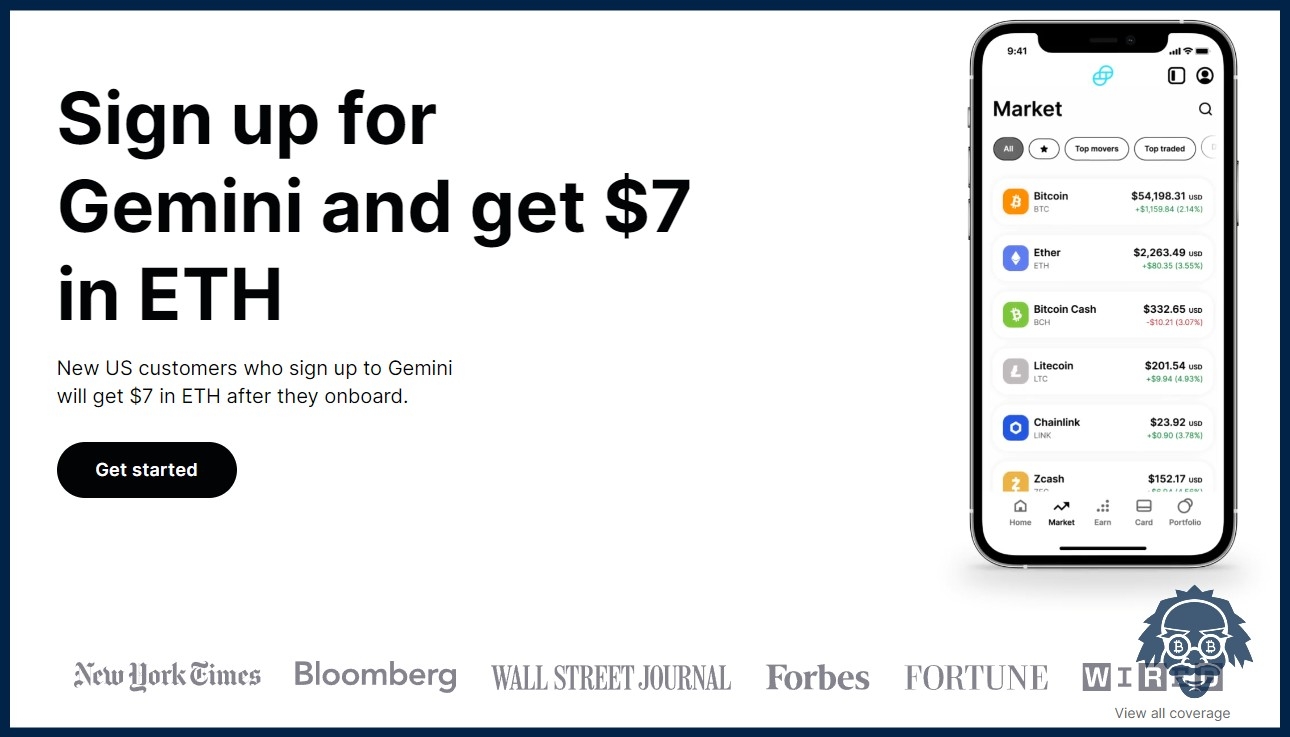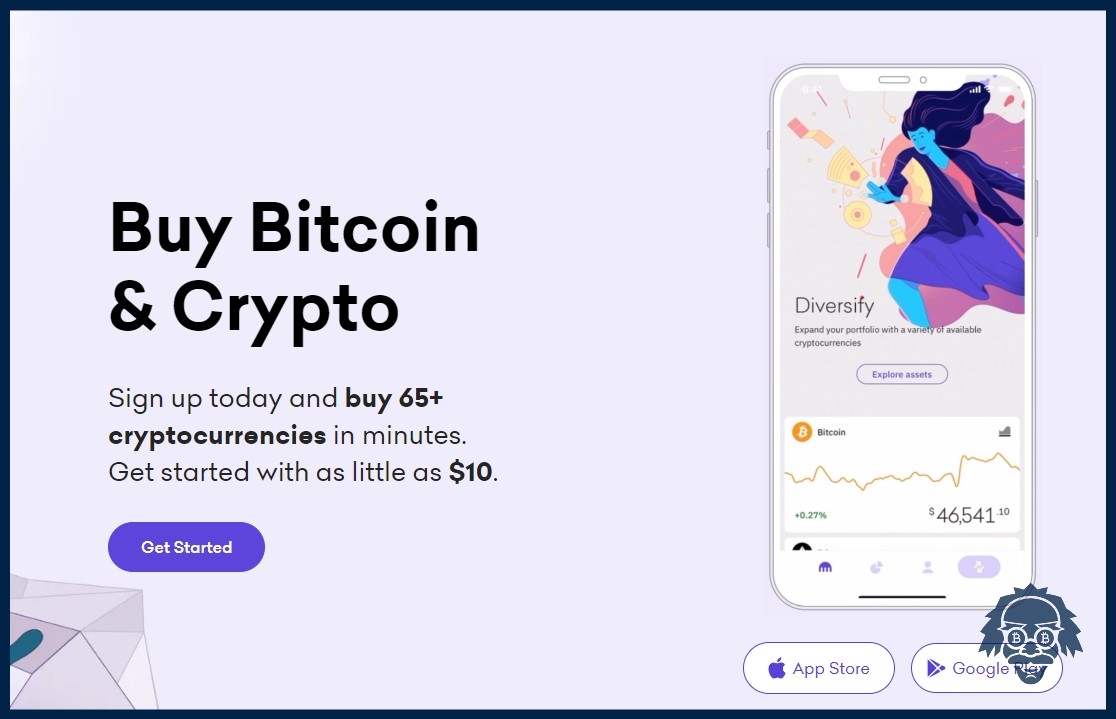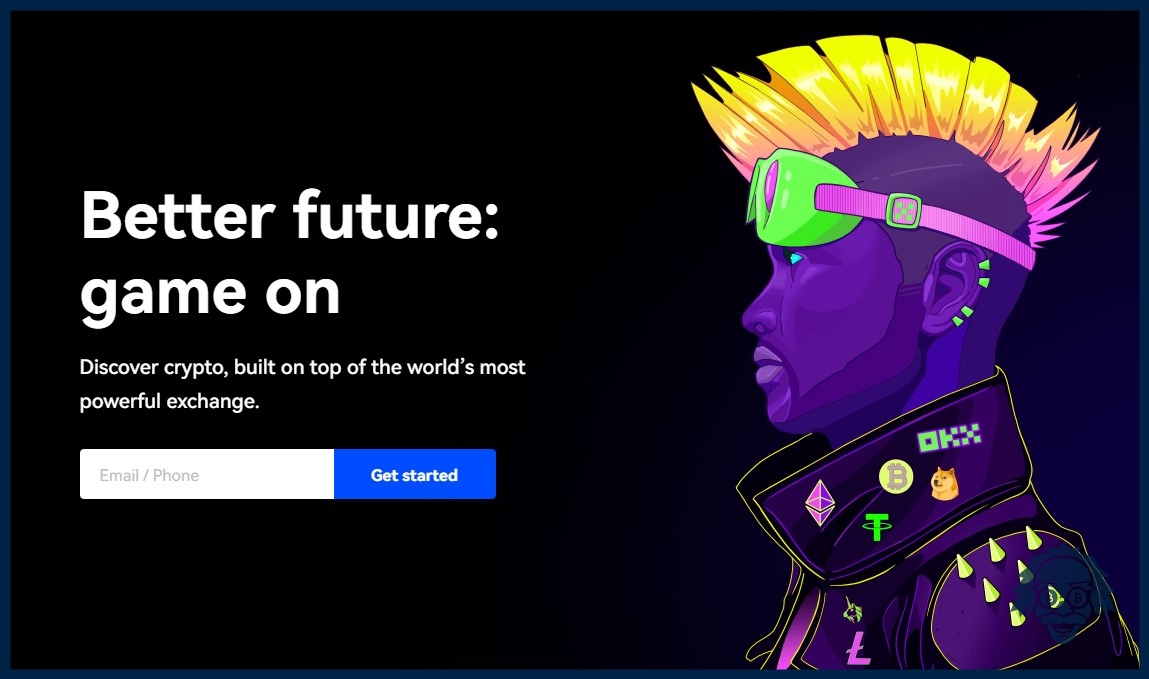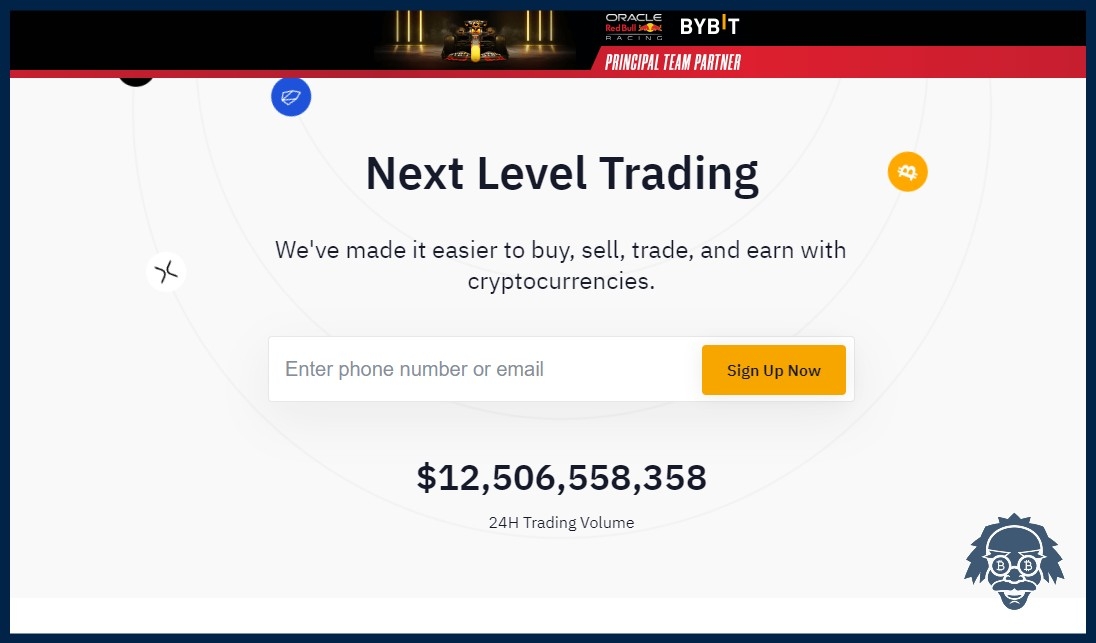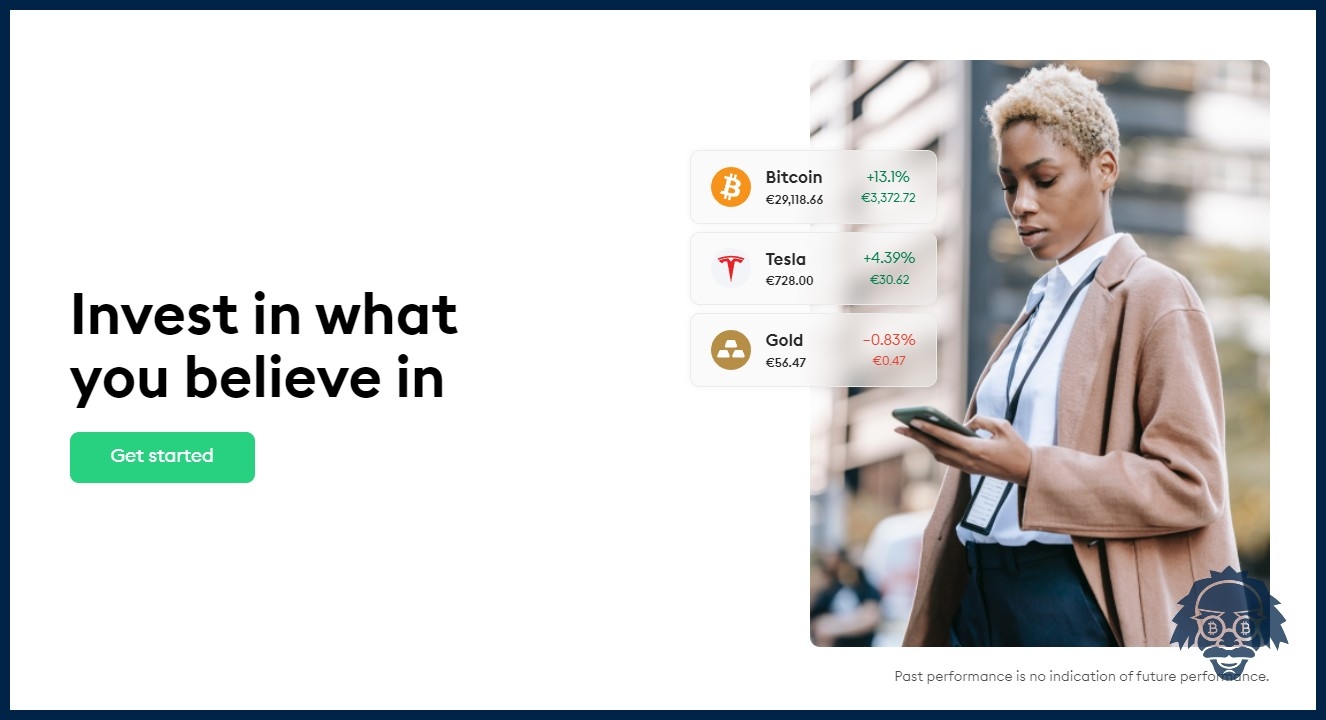Choosing which crypto exchange to use is a challenging and often confusing task that prevents many from taking the step of getting into crypto. We know – we’ve been there ourselves. Over the past ten years, many new crypto exchanges have emerged, adding to the complexity of choosing an exchange.
The first thing to know is that not all crypto exchanges are created equal. From the number of assets you can buy to funding methods and the security options available, all the way to staking options and advanced trading features, every crypto exchange is unique. Not only that, but the number of variables that change between each exchange can make it hard to wrap your head around and figure out which one is the best.
To that, add the fact that each one of us has different priorities and different wants from our crypto exchange. Some people care about trading fees, and others put an emphasis on liquidity. For some, leverage is a must-have, while others have never heard of leverage before. Your crypto exchange should serve you and be adapted to your wants and needs. There are enough high-quality exchanges today to find one that fits you instead of compromising or just going for the one with the biggest marketing budget.
This is the main reason why we’ve created MadCrypto, and why we took on the challenge to write some of the most thorough crypto exchange reviews on the internet. We understand that choosing a crypto exchange is a very personal choice and that there is no “one size fits all” solution.
This exchange page will give you an overview of what to expect from each exchange and explain who does what best and why. From here, you can dive deeper into our detailed reviews that cover every single aspect we could think of and find a crypto exchange that works for you.
Short on Time? Here’s a summary of May 2022’s best crypto exchanges
- Binance – Best for experienced traders familiar with crypto, cheap fees
- Bitvavo – Best for European beginners looking for a reliable and straightforward platform
- Coinbase – Best for non-EU beginners, highly supervised, easy to use
- eToro – Best if you want to create a diversified portfolio all in one place
- Gate.io – Best if you are ready for the full madness of crypto
Best Crypto Exchanges – Full analysis (Updated May 2022)
Best Crypto Exchanges – Quick Comparison Table
|
# Of Assets Offered |
Maker Fees |
Taker Fees |
Fiat-crypto trading |
| Binance |
393 |
0.02% – 0.10% |
0.03% – 0.10% |
Yes |
| FTX |
285 |
0.0% – 0.02% |
0.04% – 0.070% |
Yes |
| Coinbase |
203 |
0% – 0.40% |
0.05% – 0.60% |
Yes |
| eToro |
62 |
1% |
1% |
Yes |
| Gate.io |
1438 |
0.04% – 0.20% |
0.04% – 0.20% |
No |
| Kucoin |
722 |
0.01% – 0.10% |
0.03% – 0.10% |
No |
| Bybit |
244 |
0.03% |
0.08% |
No |
| Crypto.com |
221 |
0.045 – 0.40% |
0.10% – 0.40% |
Yes |
| Kraken |
195 |
0% – 0.26% |
0% – 0.26% |
Yes |
| Bitvavo |
178 |
0.03% – 0.15% |
0.04% – 0.25% |
Yes |
| OKX |
362 |
0.10% |
0.10% |
Yes |
| Gemini |
102 |
0.50% |
0.50% |
Yes |
Bitpanda
|
45 |
0.05% – 0.10% |
0.07% – 0.15% |
Yes |
Huobi (Spot rate)
|
597 |
0.07% – 0.2% |
0.07% – 0.2% |
Yes |
What is a Crypto Exchange?
A crypto exchange in its simplest form is a digital marketplace where users can buy, sell, and trade cryptocurrencies and digital assets. It is similar to a traditional stock exchange, but crypto-assets can be exchanged based on the current market prices instead of stock being traded. Crypto exchanges can also be used to store cryptocurrency and digital assets. Crypto exchanges come in a few different forms, mainly centralised exchanges, decentralised exchanges, and hybrids.
Centralised Exchanges (CEXs)
The most popular kind of exchange, CEXs act as a middleman, and buyers and sellers put their trust in the exchange to carry out trades on their behalf. This takes away some of the stress of investing, and with CEXs, you have other added benefits like higher liquidity, customer support, and ways to earn rewards/interest with your crypto. The downside to CEXs is that they are susceptible to security breaches and hacks, but CEXs have insurance in place should any breaches occur.
Decentralised Exchanges (DEXs)
When cryptocurrency was first conceptualised, its main intention was to create privacy and give economic power to the average person around the globe, cutting out banks or other intermediaries. DEXs are based around this philosophy and do not require a middleman to execute trades or hold funds. It is essentially a peer-to-peer marketplace where buyers and sellers can conduct trades between themselves privately. This makes it harder to hack, but downsides include lower liquidity and a bigger chance of losing funds through user error.
Hybrid Exchanges
Hybrid cryptocurrency exchanges aim to combine the benefits of CEXs and DEXs in one exchange: mainly the liquidity of a CEX with the privacy of a DEX. These are gaining popularity amongst investors, and many believe them to be the future of cryptocurrency trading.
Crypto Exchange Fees Explained
Trading Fees – Maker & Taker
Every crypto exchange has different fees associated with trading cryptocurrency. Trading fees are generally paid on every transaction, whether you are buying or selling.
The most common and cheapest fee structure is a Maker & Taker fee structure. It’s in an exchange’s best interest to add liquidity to their platform, increasing trading and trader volume, ultimately making the exchange more appealing to traders. This is where the maker comes in.
A maker fee is always cheaper than a taker fee because a maker adds liquidity to an exchange’s order book. The only downside about being a maker is that trades may take longer as you need a taker to fill the order. This is where the taker comes in.
As the name suggests, Takers take liquidity away from the exchange by placing an order that is filled almost instantly. For this convenience, taker fees are always slightly higher than maker fees.
Maker & taker fees usually are based on your 30-day trade volume, and the higher your trade volume, the cheaper the fees become. An exchange will always offer you the best fees if you trade large volumes because, as mentioned, you are adding liquidity to their order book, which will attract other traders.
Withdrawal Fees
Withdrawing cryptocurrency isn’t as simple as withdrawing traditional fiat currency. With fiat currency, you can simply take physical cash out from an ATM or a bank, and the bank deducts this from your bank balance. With crypto, there is a lot more that goes on behind the scenes that most users aren’t privy to.
When you withdraw cryptocurrency, it needs to happen via a blockchain. Each transaction in blockchains incurs transactional fees, which is vital to prevent users from spamming the network. Without getting too technical and confusing you with technical jargon, these fees can fluctuate depending on network traffic, gas fees, and unspent transaction outputs (UTXOs) after a crypto withdrawal.
The crypto exchange you use will pay for these fees on your behalf and charge you a fee for doing so. An exchange will charge you different prices for every coin, which depends on how much they get charged for the transaction from the blockchain.
Other Fees
Sometimes, there are other fees you end up paying depending on the exchange you use. These can include deposit fees, lending (margin trading) fees, liquidation fees, and fiat-related fees.
Deposits
Most exchanges don’t charge for deposits, but we’ve reviewed a few that charge per deposit, which can be off-putting. But most of the time, you’ll save on other fees, so it’s vital to gain a holistic view of an exchange’s fees before deciding if it’s best for you or not.
Margin Trading
Some exchanges offer lending in the form of margin and leverage trading. You will typically be charged a percentage-based fee on the amount of crypto you borrow. If your trade goes wrong and the position is liquidated, you might also be charged a liquidation fee.
Fiat Currency
A growing number of exchanges are adding support for fiat funding and purchases. That is, the ability to fund your account or buy crypto with your bank account or debit card. Fees can be issued by the exchange and your bank, so it’s important to understand these before undertaking any deposits, withdrawals, or purchases. Funding your account with a credit card is often more expensive than via bank transfer, so pay attention as these sneaky fees can pile up.
How Do We Rank and Review Crypto Exchanges?
Let’s start at the beginning – all of MadCrypto’s writers are crypto users and traders and have been for years. We’ve seen this industry develop and have traded on exchanges that don’t exist anymore. We’ve been hacked, we’ve had our crypto stolen from exchanges, we’ve lost crypto because of a typo, we’ve lost private keys and recovery seeds… we’ve been through it all – the good and the bad. We are intimately familiar and acutely aware of every conceivable issue, feature, and trading platform. We could not and would not have created this website otherwise.
Our in-depth reviews cover many different aspects and features of a crypto exchange, but for practical purposes, we’ve divided our scores into 6 main categories: Assets, Platform, Fees, Security, Staking, and Trading Features.
The Assets Score
The most simple aspect of an exchange to evaluate is the number of cryptos an exchange will let you buy and sell and the number of pairs it supports. Here, the more, the merrier. Crypto markets are volatile, and new projects are created all the time; access to assets is what gives you the opportunity to turn a profit. If a coin is trending up, but your exchange doesn’t support it, you can’t profit from it – it’s as simple as that.
The Platform Score
When we evaluate an exchange’s platform, we need to look at all available platforms for us to trade on. This includes the exchange’s website and various advanced and pro interfaces, as well as various mobile apps an exchange has created for its users. The more platforms an exchange offers, the likelier it is that you will find one that works for you, and the higher the score.
Beyond the availability of different platforms, we tested them all to determine how easy and intuitive they are to use. We do not want to inherently penalise platforms for being complex and offering many features, but having a good user experience is key to helping users make the most out of the platform. In a nutshell, the platform score captures the offering and the joy of using the various platforms to trade.
The Fees Score
While evaluating fees, there are a few factors we took into account. The first and most important factor is, of course, the trading fees themselves. Here, a higher score is given to exchanges with low trading fees, while exchanges with higher trading fees receive a lower score.
Beyond trading fees, we also looked at other fees like deposit fees, withdrawal fees, conversion fees, overnight fees, inactivity fees, and so on. Generally speaking, the fewer fees, the better, but that is not all. Transparency is a key factor here, as you never want to be surprised by fees. For this reason, we are also taking into account the fee structure when calculating the fees score. A simpler and easy-to-understand fee structure will tend to score higher than a highly complex one making it hard for users to know how much they’re actually paying.
The Security Score
If you’ve been in and around crypto over the past few years, you know not to take exchange security for granted. The more money flows into crypto, the more sophisticated hackers become in their methods to steal users and exchange funds.
Here, we’ve considered a few factors when calculating the security score. First, we looked at the reputation of the exchange based on past events. Has it even been hacked, and if so, how did the exchange react? A spotless history is rewarded with a higher score, but we do not want to penalise exchanges that have suffered hacks without losing user funds – whether they recovered or reimbursed their users.
We also looked at third-party evaluations of an exchange’s security and the security features offered by the exchanges. Supporting the use of a physical 2FA key grants bonus points, as do extra verification steps when withdrawing crypto – since that is how most funds are stolen from users. Last but not least, insurance programs and account protection programs are viewed favorably when considering the security score since they offer an extra layer of security should your account be compromised.
The Staking Score
For us, staking has become an amazing alternative to generate extra returns on crypto. Of course, you can stake on your own and don’t need exchanges to stake on your behalf, but the convenience factor of a crypto exchange with a solid staking program cannot be understated.
Here, we reviewed the staking mechanism itself, the number of coins in the staking program, and the staking rewards offered by exchanges. The ability to stake many coins on an exchange will reflect positively on its score, as do attractive rewards compared to the competition. How much of the staking rewards an exchange keeps for itself varies greatly, and many users end up having two separate accounts on different exchanges – one for trading and one for staking. Whether you have to lock your coins also matters, even though this flexibility often comes at the cost of lower returns. We find this to be more a matter of individual preference than an objective criterion to judge a staking program by, but we do appreciate exchanges that offer both options.
The Trading Features Score
The trading feature score is geared towards those who want all the bells and whistles an exchange has to offer when it comes to trading. Trading can truly be as complex as you want it to be, and a high trading features score reflects an exchange that will support you in your quest for endless analysis and optimisation. Here, we take into account the different order types offered by an exchange, charting options, the ability to use leverage and margin, and every trading-related feature we could find.
Of course, it also means that this score is less relevant for beginners not looking for advanced features or users simply looking to buy and hold. If you are among those users, we recommend you skip this score and put more weight on the platform score instead.





